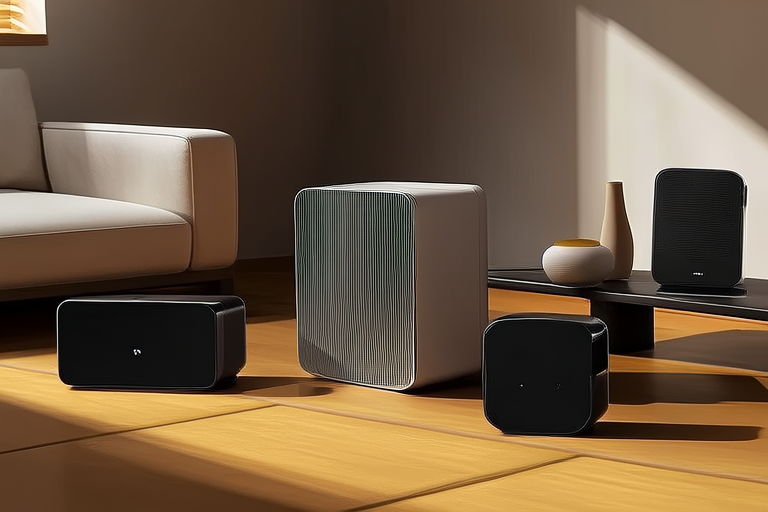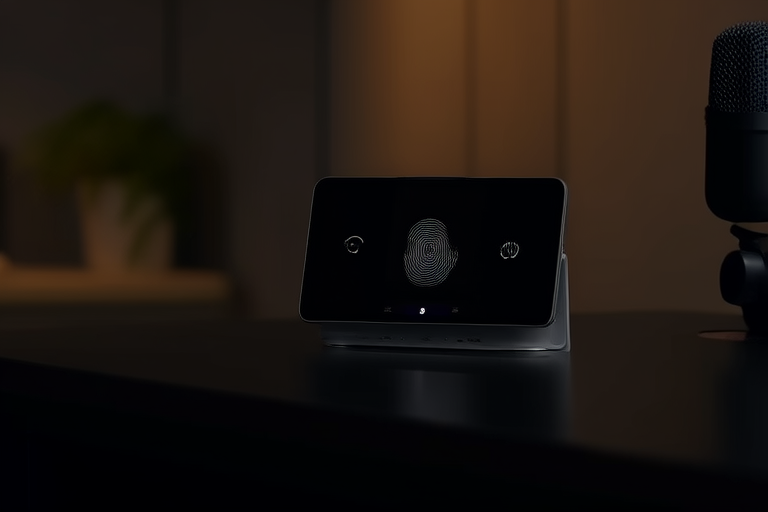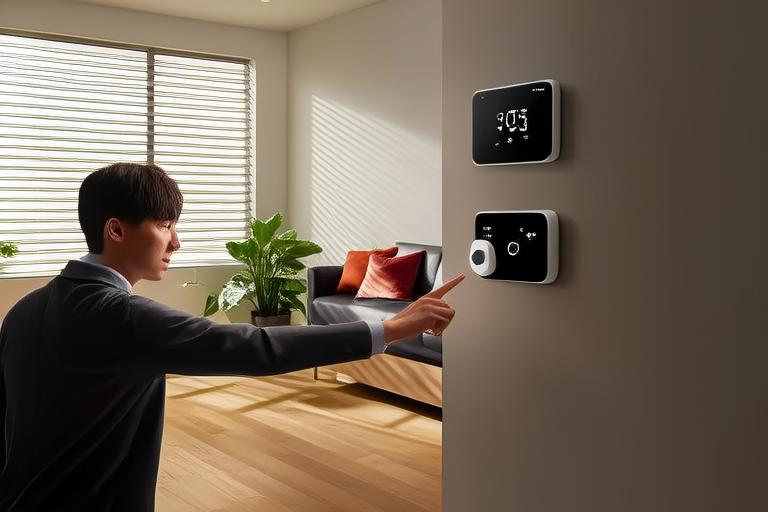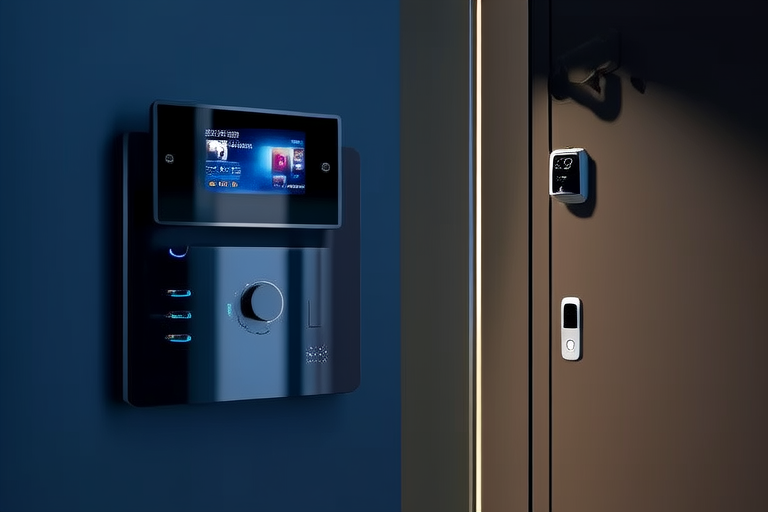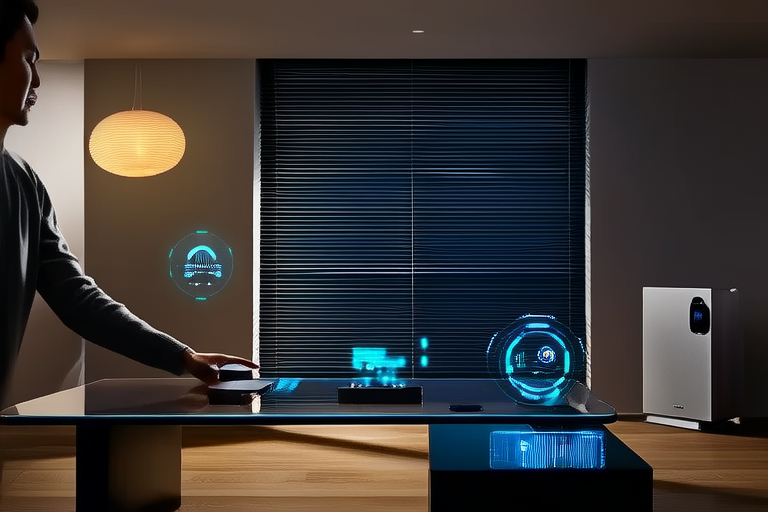“`html
From Concept to Reality: Integrating Smart Devices in Modern Homes
Introduction
The concept of a “smart home” has captivated imaginations for decades, envisioning a future where technology seamlessly integrates into everyday life to enhance convenience, comfort, and efficiency. Early ideas of automated homes were often seen as futuristic fantasies, but with rapid advancements in technology, these concepts are now becoming a reality. Smart devices, ranging from thermostats and lighting systems to security cameras and voice assistants, are transforming modern living spaces. This article delves into the journey of smart devices from their conceptual stages to their current integration into homes, highlighting technological advancements, user benefits, challenges, and future trends.
Historical Context and Evolution
The idea of a smart home can be traced back to the mid-20th century, with early concepts appearing in science fiction literature and films. However, it wasn’t until the late 20th century that technological advancements began to make these ideas feasible. Key milestones include the invention of the Internet of Things (IoT), artificial intelligence (AI), and machine learning. These technologies have enabled devices to communicate and interact with one another, creating a networked ecosystem within the home. Significant breakthroughs include the development of Zigbee and Z-Wave protocols, which facilitate communication between smart devices, and the introduction of voice assistants like Amazon’s Alexa and Google Assistant.
Current State of Smart Device Integration
Today, smart homes are equipped with a wide array of interconnected devices designed to enhance daily living. Common examples include smart thermostats, lighting systems, and security cameras. These devices are often controlled through central hubs or cloud-based services, allowing users to manage multiple devices from a single interface. Voice assistants play a pivotal role in this integration, enabling users to control smart devices with simple voice commands. For instance, users can adjust the temperature, turn lights on or off, and even arm security systems without lifting a finger. The seamless interaction between these devices and the platforms that connect them underscores the sophistication of modern smart home systems.
Benefits of Smart Home Integration
The integration of smart devices offers numerous benefits that enhance the quality of life for homeowners. One of the primary advantages is increased convenience. With voice-activated controls and centralized interfaces, managing household tasks becomes effortless. Additionally, smart homes contribute significantly to energy efficiency, reducing utility costs and promoting sustainability. Advanced algorithms can optimize heating and cooling systems, ensuring that energy is used only when necessary. Security features are another major benefit, with smart cameras and sensors providing real-time monitoring and alerts. These systems can detect unusual activity and notify homeowners instantly, offering peace of mind. Moreover, the potential for cost savings and environmental benefits makes smart home integration an attractive option for many consumers.
Challenges and Considerations
Despite the numerous advantages, there are several challenges and considerations associated with integrating smart devices into homes. Privacy concerns are a significant issue, particularly regarding the collection and usage of personal data. Many smart devices require internet connectivity, raising questions about data security and potential vulnerabilities. Technical challenges also arise, especially when dealing with connectivity issues and compatibility between different brands. Ensuring that all devices work harmoniously within the same ecosystem can be complex. Furthermore, the cost of initial setup and ongoing maintenance can be prohibitive for some consumers. Ease of installation and user-friendliness are additional factors that may influence adoption rates.
Future Trends and Innovations
The future of smart homes holds exciting possibilities, with ongoing advancements in technology poised to revolutionize the way we live. More advanced AI and machine learning algorithms will enable devices to learn user preferences and behaviors, providing increasingly personalized experiences. Biometric authentication, facial recognition, and fingerprint scanning may become standard features, enhancing security while simplifying access. As consumer needs evolve, smart homes are likely to adapt, offering greater customization and integration with other aspects of daily life. Emerging trends, such as the integration of augmented reality (AR) and virtual reality (VR) into home environments, could further transform the way we interact with our surroundings. These innovations promise to make smart homes even more intuitive and responsive to user needs.
Conclusion
In conclusion, the integration of smart devices into modern homes represents a significant leap forward in home automation and technology. From early concepts to the sophisticated systems available today, the journey has been marked by continuous innovation and adaptation. The benefits of enhanced convenience, improved energy efficiency, and robust security make smart homes an appealing choice for many. While challenges such as privacy concerns and technical compatibility persist, ongoing advancements in technology promise to address these issues and pave the way for even more integrated and intelligent living spaces. As we look to the future, the continued evolution of smart home technology will undoubtedly shape the way we live, work, and interact with our environments. Encouraging readers to explore the potential of smart devices in their own homes, this article underscores the transformative power of technology in enhancing modern living.
“`
